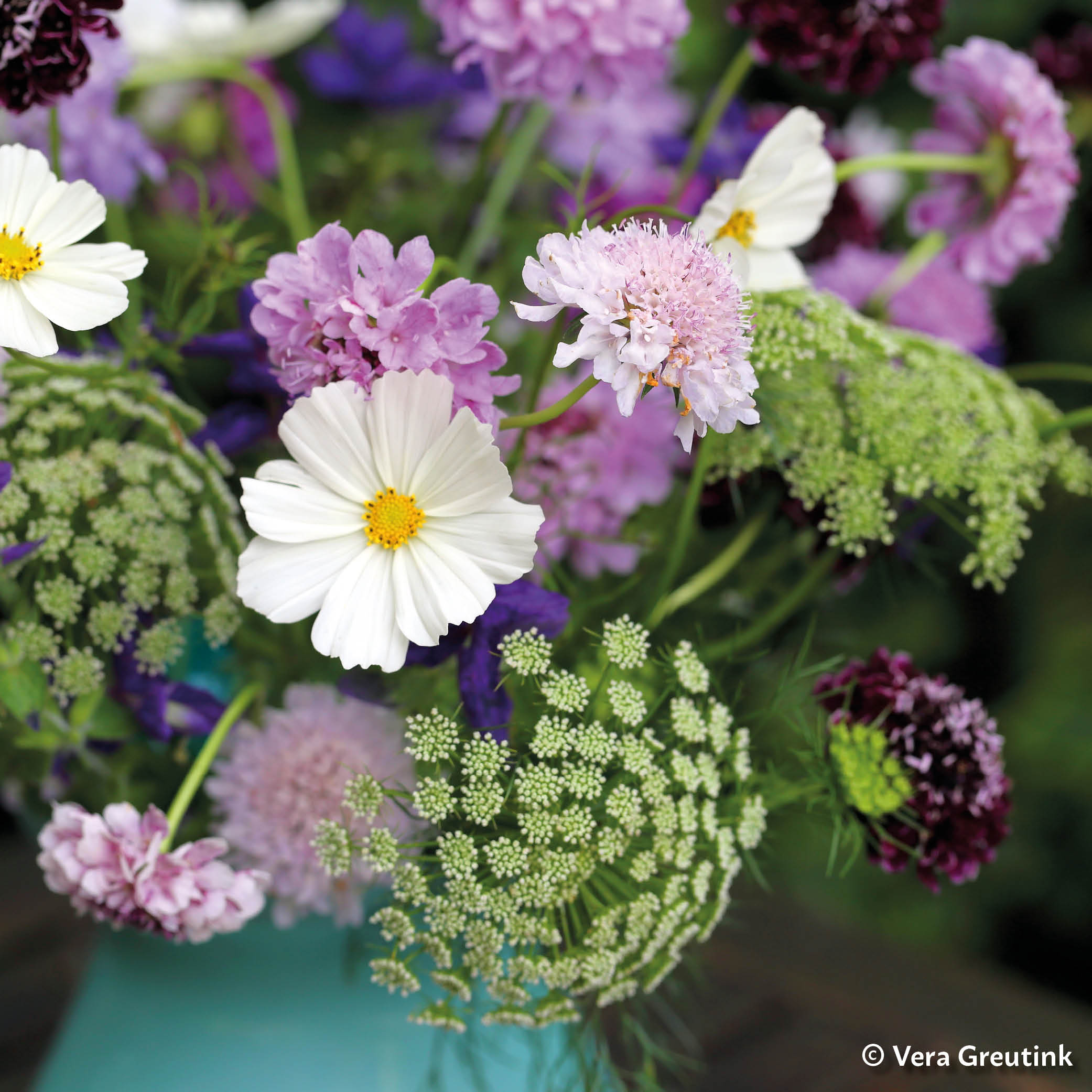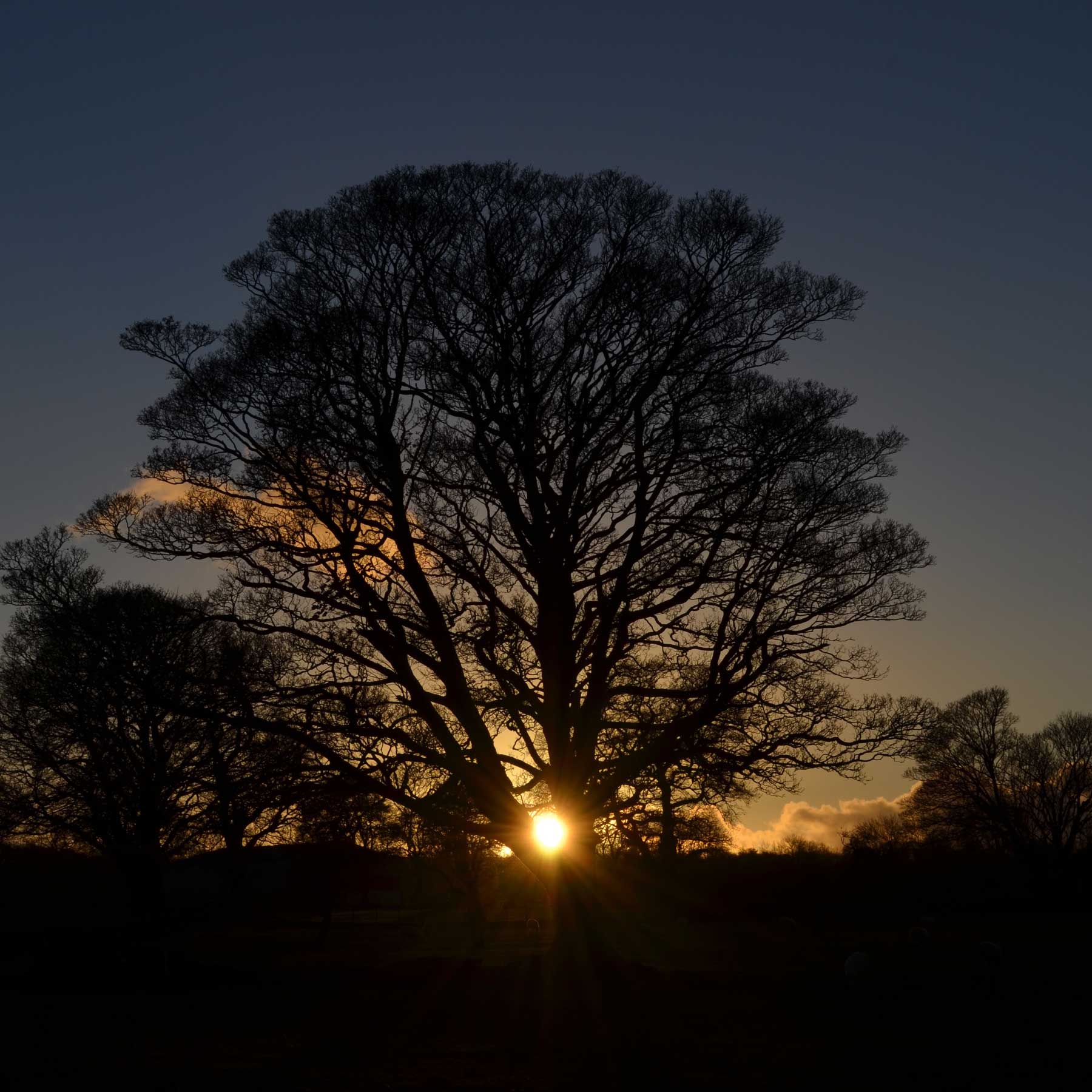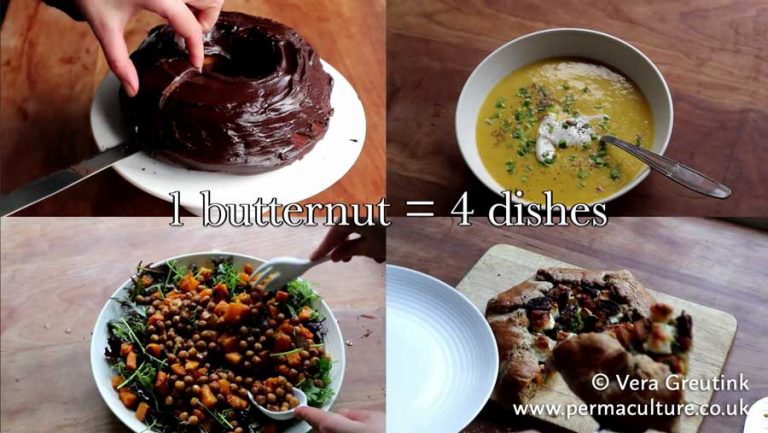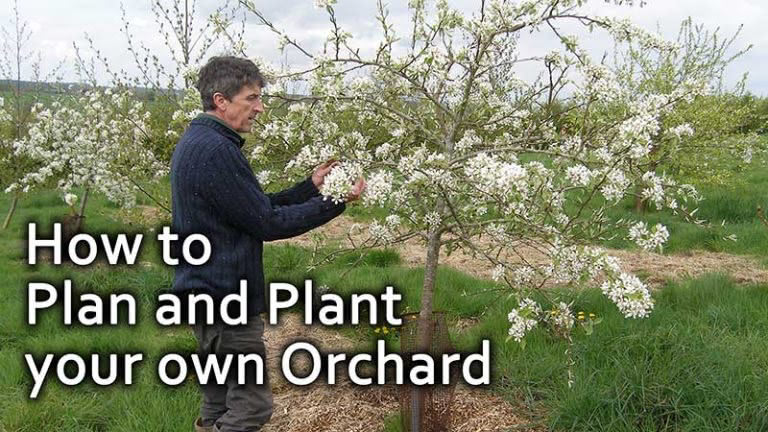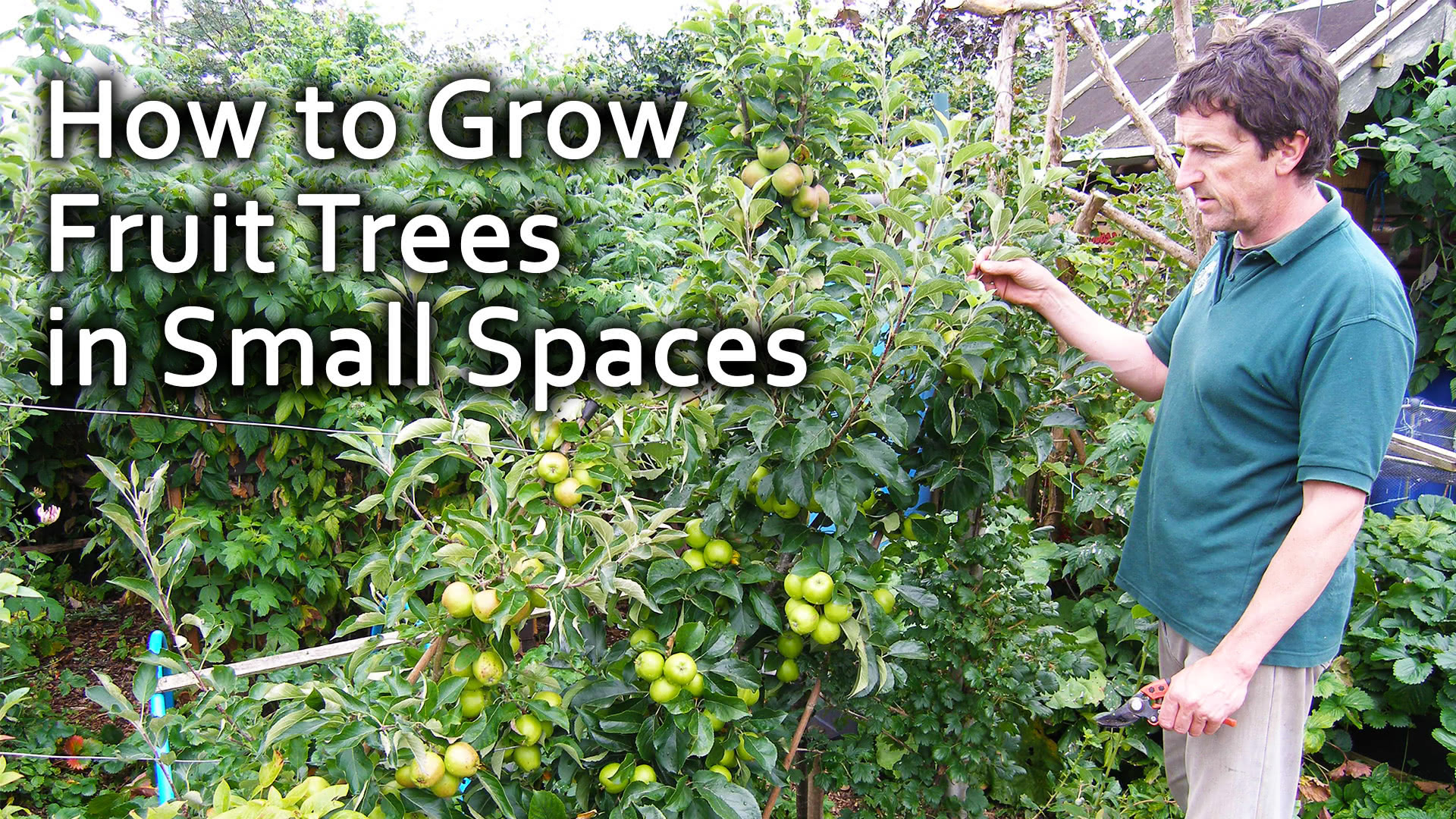This is a wonderful book – over 240 pages packed with rich text and numerous photographs which sets out the scope and achievements of forest gardening as it has developed over the past few decades. It is comprehensively researched, authoritative, detailed, well thought out and beautifully presented. It takes the reader on a journey from the natural world through the eyes of experienced forest gardeners and their gardens to the tools required to plan and plant your own forest garden.
The book draws from the inherent diversity and versatility of natural systems throughout. The ‘Learning from Nature’ section starts with observation and recognising plant communities in the landscape around and shows you how to use this knowledge to underpin forest garden design – both horizontally in patches and vertically in layers. This is, I think, excellent practice for anybody who grows or aspires to grow a forest garden. As well as recognising how to use plants, this section also discusses the practicalities, benefits and limitations of including animals in a forest garden design.
The following section on ‘People Polycultures’ is in many ways the beating heart of the book. It looks at forest gardens planted in many different settings in the UK, Europe and North America – as home gardens, landscapes for learning, new models for urban landscaping and finally forest gardens as a commercial proposition. There are many gems of information and the discussion of each garden includes the history, ideas and aims, practical realities of putting the various visions people have held into practice. There is also much to learn from the outworking of both natural processes in the garden and the human interactions with the gardens over time.
“Gardens are nothing without the people who make, tend and use them. Each garden is an interpretation of what is possible on a particular patch of land, filtered through the needs and desires of those who are working with it.”
The sections on ‘Gardens at Home’ and ‘Landscapes for Learning’ were particularly interesting and inspiring to me and there is much to learn from existing gardens at many different scales from small home gardens to multi acre sites. I particularly love the way that different people have taken hold of the concept and then adapted it to their own lives and patch of land ending up with many different variations on the theme and all of them are both productive and beautiful.
For anyone hoping to plant a forest garden in a community setting, there is guidance on setting up community projects, their structure and governance and much valuable information on what can go well and how to address difficulties. Commercial forest gardens are as yet few in number but the possibilities are explored through a series of interestingly diverse case studies.
As if all this were not sufficient there follows a section entitled ‘From Dream to Reality’ – fifty pages packed with detailed advice on all aspects of forest garden design and implementation. This is also supported by a series of useful appendices including a six page table with details of many forest garden plants to choose from.
This book is founded on forest garden theory and interwoven with the experience of many ‘first generation’ forest gardeners. This in turn is filtered through Tomas Remiarz’s clear sighted appreciation of the natural world and how we can interact with it to the benefit of both our gardens and our communities. The result is a treasure trove of both heady inspiration and practical resources.
The more I read it the more I see in it, I am sure it will be a book to pick up and refer to many times over.
Anni is an organic gardener who experiments with perennial vegetables for sustainable easy food.
